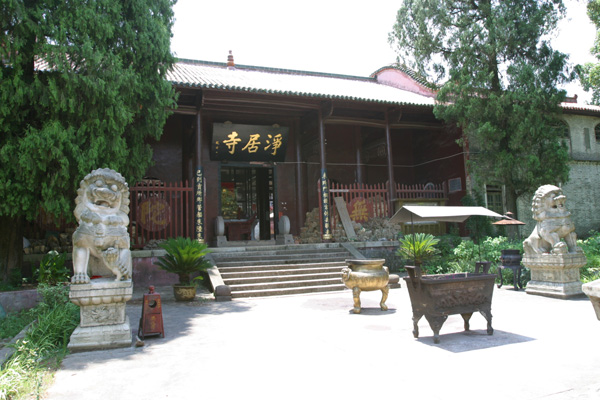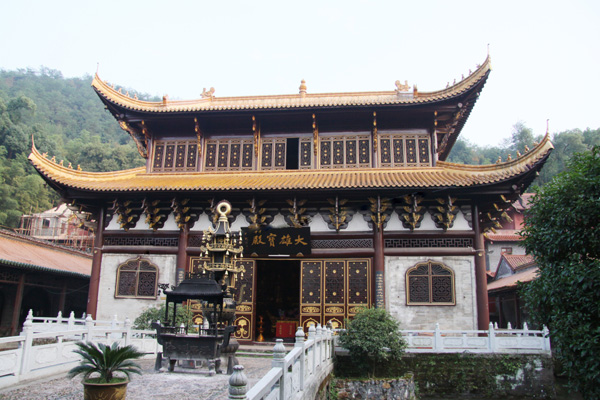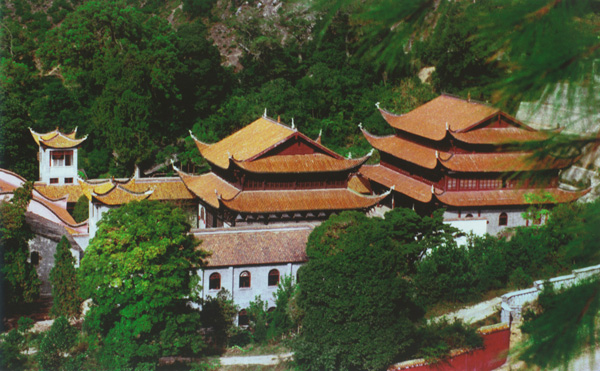净居寺
青原山位于吉安市的东南方,早在汉代张道陵(天师)封天下三百六十五座中山时,青原山便名列其中。唐神龙元年(705年),始建寺庙于今安隐峰下,故初名“安隐寺”,宋徽宗赐今名。唐开元二年(714年),佛教禅宗行思大和尚得法曹溪南华六祖慧能,分示禅宗“一华开五业”的曹洞、云门、法眼三宗的祖庭。从而确立了这处寺庙在我国佛教史上的重要地位及其对世界佛学界的重要影响,行思禅师于开元二十八年(741年)圆寂青原,玄宗“敕建七祖弘济禅师归真之塔”于净居寺寺后。此后,净居寺香烟未断,名僧大儒足迹纷沓青原祖庭。
The Jimgju Buddhist Temple
Mt.Qing Yuan is situated in the southeastern of Ji An City. As early as Han Dynasty, it was regarded as one of the famous mountains by Zhang Yiling, a Taoist master, whom has named 365 mountains ttotally. In AD 705, the Tang Dynast, initially the Anying Buddhist Temple is named for seting up at the foot of the Anying Peak in Qing Yuan area. Hui zhong, an emperor of the Song Dymasty, granted the present name.
In AD 714, the Tang Dynasty, Zen master Hong Ji indicated the Qing Yuan Buddha’s seet to be the origin of Chao Dong, Yun Men and Fa Yan, which established the Jingju Buddhist Temple’s important position in the history of Chinese Buddhism and the inrluence to the world Buddhism greatly. In AD 714, Tang Xuan Zong ordered to build the Tower for Zen master Hong Ji’s Death in Qing Yuan, after which, the jingju Buddhisr Temple flourished and many renowmed men kept pouring in the holy place.




